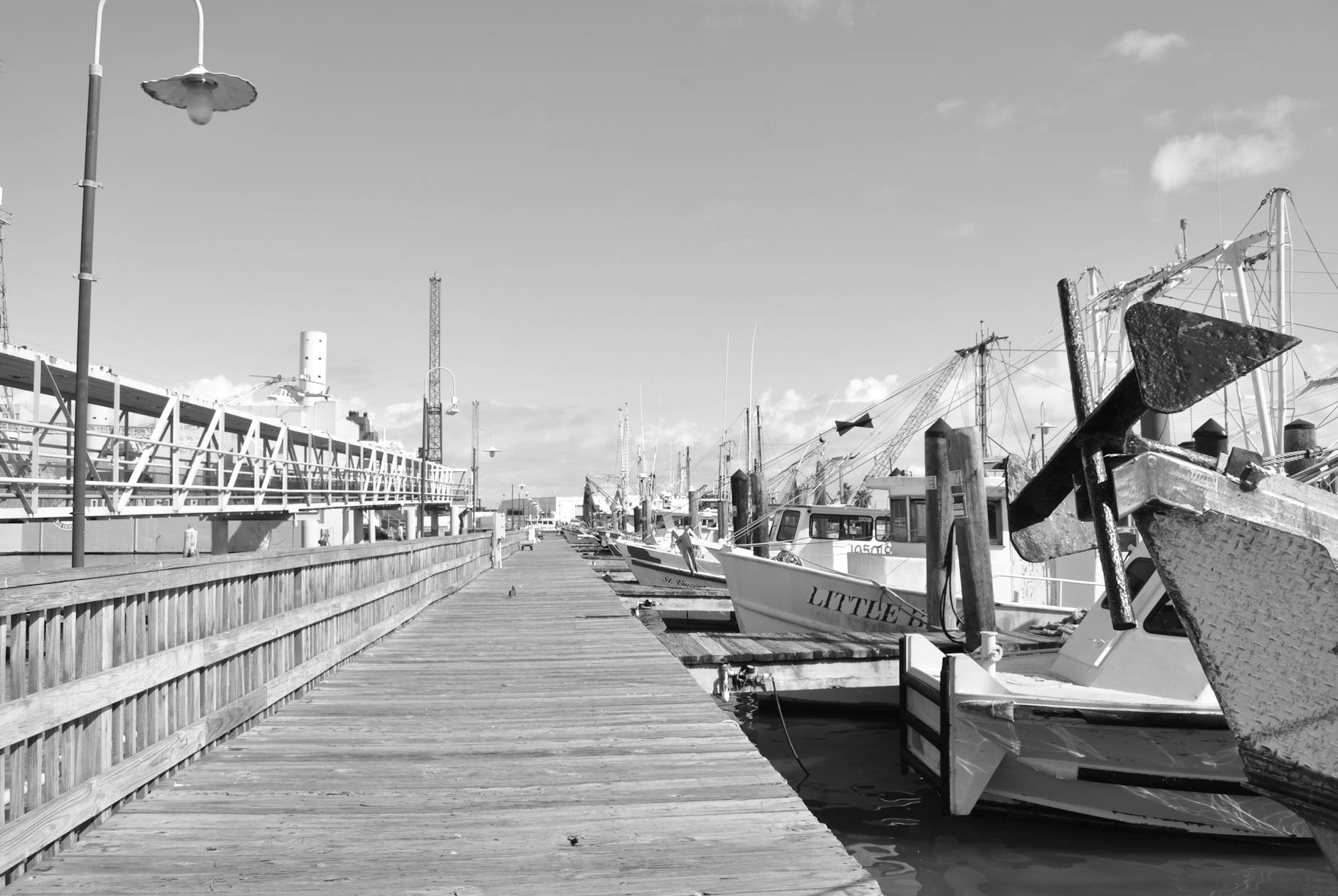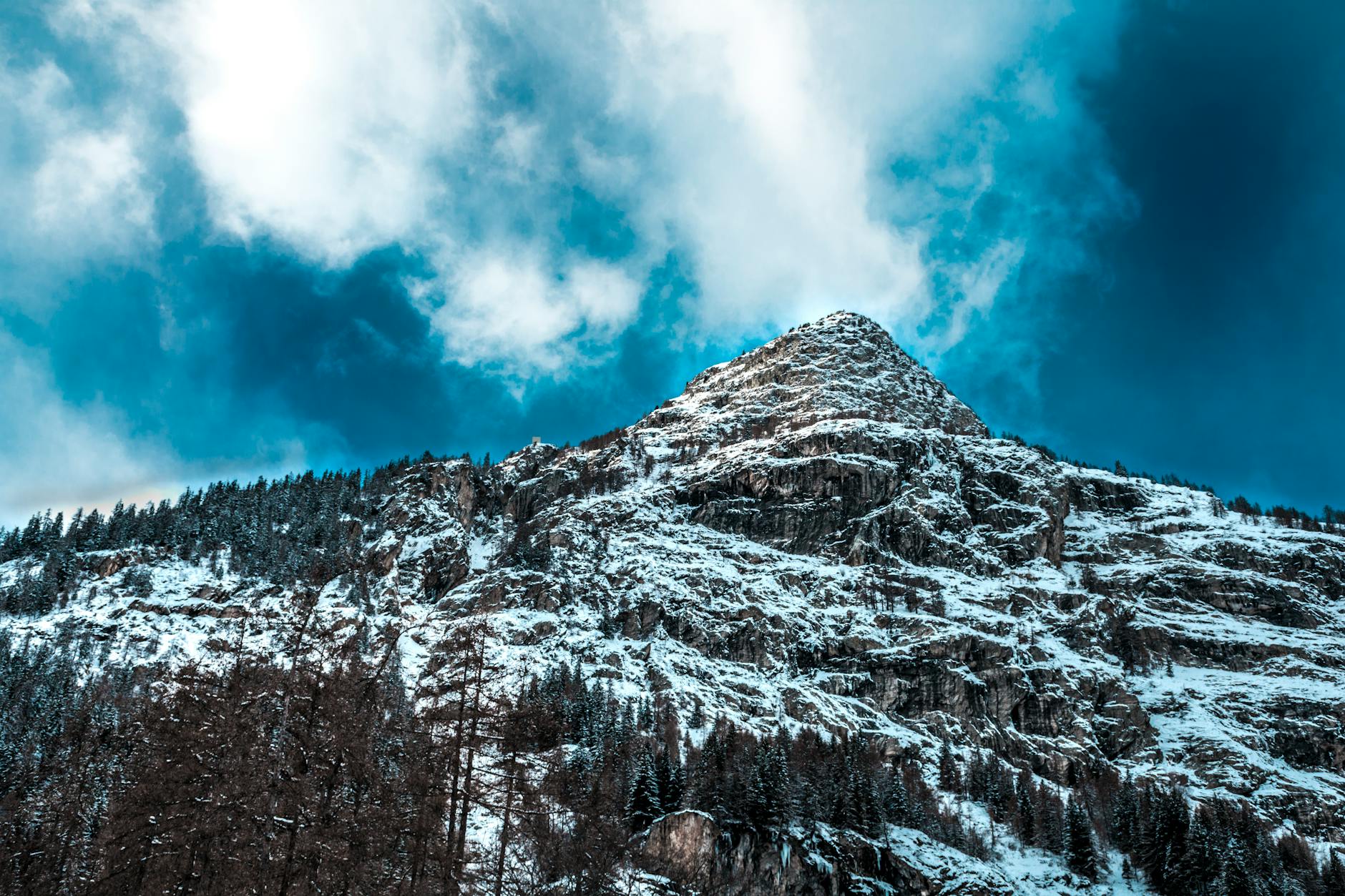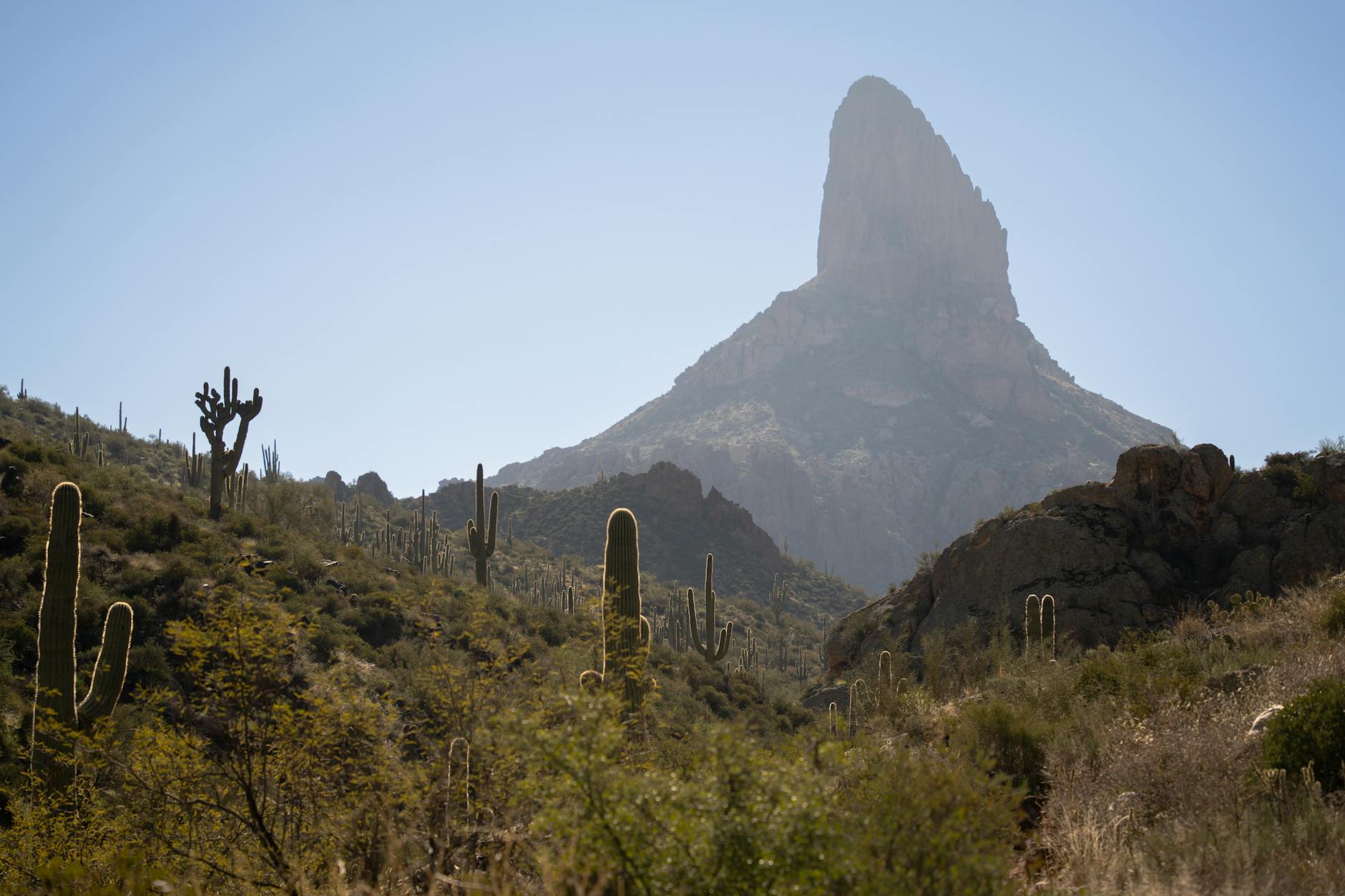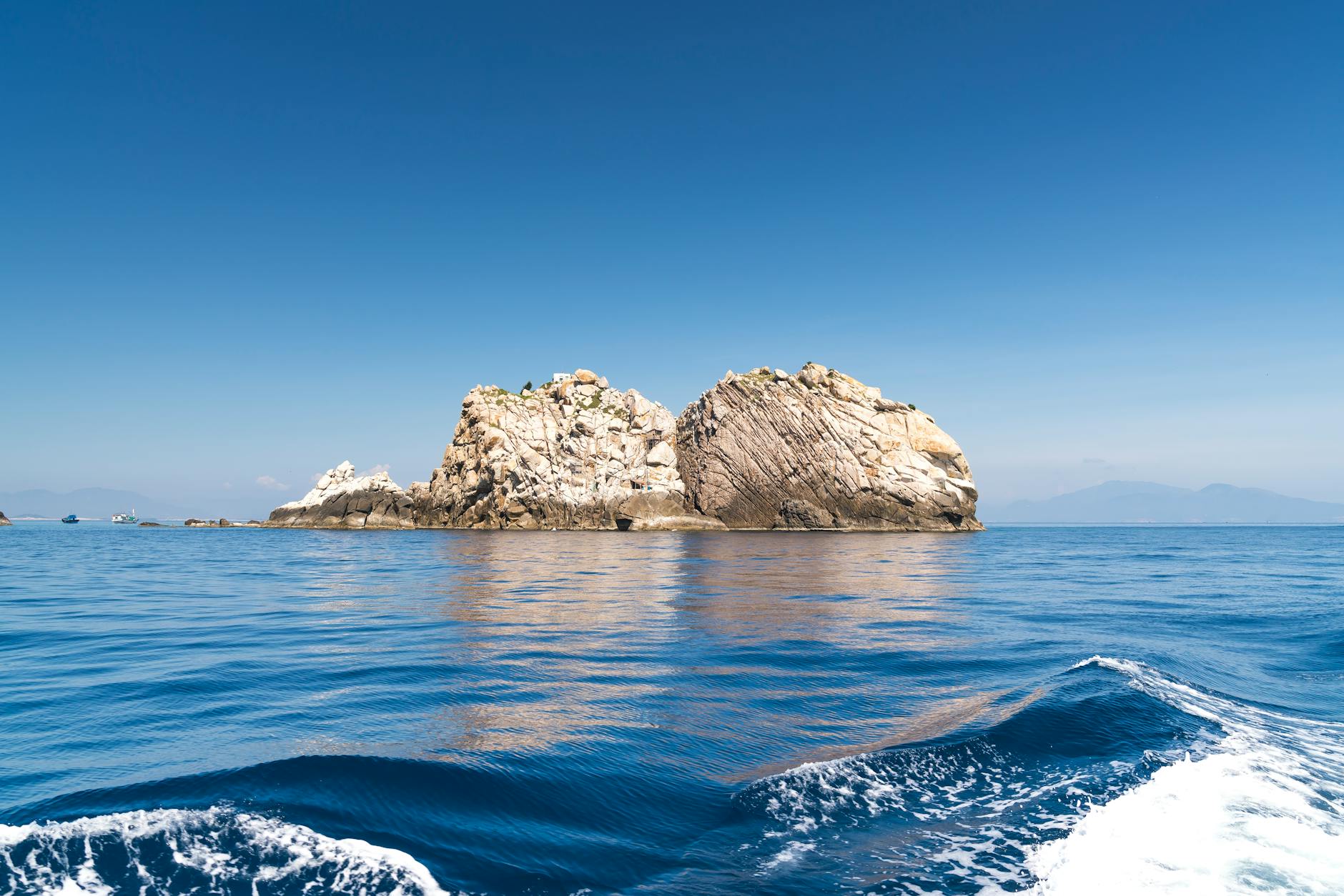What Makes Australia's Natural Landscapes Vital to Global Conservation Efforts

Unique Australian Ecosystems
Engaging with the diverse ecosystems of Australia offers a glimpse into nature's most breathtaking designs. Melbourne residents, especially, are fortunate to have such vibrant wildlife conservation stories unfold right in their backyard, with the Werribee Open Range Zoo serving as a testament to local efforts in preserving biodiversity.
Diverse Habitats and Wildlife
Australia houses an array of habitats ranging from lush rainforests to arid deserts. Each of these habitats supports unique wildlife, echoing the varied landscapes found across the continent. Connecting with these environments can be as transformative as experiencing the breathtaking landscapes during a South America holidays.
Endemic Species Significance
Australia is a hotspot for endemic species, creatures that reside nowhere else on Earth. From the quirky platypus to the iconic kangaroo, these animals are a core part of the national identity. As locals, we can draw parallels to embarking on an African safari, where encountering exclusive wildlife deepens our appreciation for nature's distinct offerings.
Environmental Influence and Impact
The impact of Australian ecosystems extends beyond its borders, playing a critical role in global biodiversity. The intricate tapestry of these ecosystems holds ecological parallels to South America travel, where diverse regions similarly influence worldwide environmental health. As we venture along the scenic Yarra River trails, we're reminded of how these experiences foster a commitment to protect the richly woven environments around us.
Role in Global Biodiversity
Australia’s diverse ecosystems play a vital role in supporting global biodiversity. Its unique position contributes significantly to the preservation of countless species, many of which are not found anywhere else. This includes both well-known wildlife and lesser-known organisms that form critical parts of ecological webs. Understanding how Australia ranks on the global stage reveals the importance of its conservation efforts and the country's impact on worldwide ecological studies. Here, we'll take a closer look at how Australia's unique biodiversity contributes to these global efforts.
Australia's Place in Global Rankings
Australia is often highlighted in global biodiversity discussions due to its rich selection of endemic species. The country's vast landscapes, from arid deserts to lush rainforests, offer a myriad of habitats that are home to unique flora and fauna. As you wander through places like the Royal Botanic Gardens in Melbourne, it becomes apparent why Australia holds such a prestigious place.
Contribution to Species Preservation
Australia’s landscapes serve as natural sanctuaries, safeguarding species that might otherwise be threatened. This commitment to species preservation impacts more than just local ecosystems; it helps sustain global biodiversity. Efforts in this area resonate worldwide, offering models for conservation seen in ventures such as African tours which aim to protect endangered wildlife.
Impact on Ecological Studies
The distinctiveness and variety of Australia's ecosystems also make it a focal point for ecological studies. Researchers around the world draw upon insights gained from investigating Australia’s environment to inform broader conservation strategies. This is similar to how innovative methodologies are being applied in Antarctic tours to study and preserve fragile ecosystems there.
Conservation Challenges
Climate Change Effects
As someone deeply committed to wildlife conservation, it's vital to underscore how climate change is impacting Australia's unique ecosystems Africa safari. Increasing temperatures and unpredictable weather patterns disrupt natural habitats, affecting both flora and fauna. This shift can lead to the loss of species uniquely adapted to specific climatic conditions. Such environmental alterations are not just local occurrences but echo concerns seen globally, such as in the vast savannas of Africa.
Invasive Species Threats
Australia's biodiversity faces a significant threat from invasive species, which often outcompete native flora and fauna for resources. By introducing predators like the European rabbit and feral cats, the balance of our indigenous ecosystems becomes disrupted, pushing several native species to the brink of extinction. One can draw parallels with similar challenges faced on South America tours, where native ecosystems also struggle with non-native species introduction.
Urbanization and Habitat Loss
Urban expansion around Melbourne, including areas near the Werribee Open Range Zoo, poses another challenge to conservation. As cities grow, they encroach upon critical habitats, fragmenting them and making it strenuous for wildlife to thrive. This disruption makes it harder for species to find food and mate, driving many away from their natural environments. It's crucial that we recognise the importance of conserving these habitats to ensure a sustainable future for our iconic wildlife.
Conservation Efforts and Strategies
Protected Areas and Reserves
Engaging with nature while ensuring its preservation is a delicate balance Galapagos islands tours often grapple with. Protecting unique habitats through reserves plays a critical role in safeguarding biodiversity in Australia. Projects like those around Kakadu National Park and the expansive Great Barrier Reef are examples of how Australia prioritises ecological and cultural preservation. These protected areas serve as havens for species that might otherwise face threats from various factors such as climate change and tourism.
Community and Indigenous Participation
Active participation from local communities and Indigenous groups forms the backbone of effective conservation strategies. Indigenous knowledge, passed down through generations, offers invaluable insights into sustainable environmental management Antarctica travel might benefit from. These practices include traditional fire management techniques and land stewardship, promoting ecosystems' resilience. By fostering partnerships between government bodies and Indigenous landowners, efforts have become more inclusive and respectful of cultural considerations.
Restoration and Rehabilitation Projects
Restoration projects are pivotal in reviving decimated areas, ensuring they can sustain wildlife and plant species. Initiatives range from reforesting native woodlands to rehabilitating wetlands around major cities. Innovative strategies are practiced, such as habitat restoration along the Murray River, which has seen success in returning diverse species to their natural homes. As a fellow conservation-focused artist, my travels often take me to places deeply influenced by human intervention, reminding me of the importance of ongoing restoration projects not just globally but right here in Australia.
FAQs
Addressing Common Misconceptions
It's crucial to debunk a few misconceptions surrounding wildlife conservation in Australia. Contrary to popular belief, supporting conservation doesn't solely mean relocating a few koalas to safety or safeguarding a random patch of bushes. Instead, it involves creating comprehensive strategies encompassing both our urban and rural landscapes, just like you’d find on the scenic Yarra River trails. The commitment here involves systemic transformation and local empowerment—something as vibrant and life-affirming as the installations I've showcased at the Royal Botanic Gardens.
Understanding Key Conservation Challenges
In the heart of our lively yet fragile ecosystem, challenges such as climate change, invasive species, and urban sprawl threaten our shared home. Much like the majestic creatures at the Werribee Open Range Zoo, our native flora and fauna face unprecedented pressures. The cultural fabric of local communities and Indigenous knowledge is invaluable, offering ancient wisdom and innovative ideas for crafting sustainable solutions. The need for Faunas Australia to be a thriving future demands a holistic approach that includes addressing these intertwining challenges.
Exploring How to Get Involved
There's an exciting ripple of participation spreading across Australia. Whether inspired by the melody of the bellbird on the Yarra trails or the spectacle of our unique marsupials, you, too, can join the growing force of change-makers. Participating in tree-planting events or volunteering with local conservation groups can directly impact. By supporting initiatives at places like the Royal Botanic Gardens or crafting local campaigns focused on conservation awareness, you’re nurturing seeds of change. Each whisper of activism contributes to the music of a thriving, biodiverse future for our cherished land.


